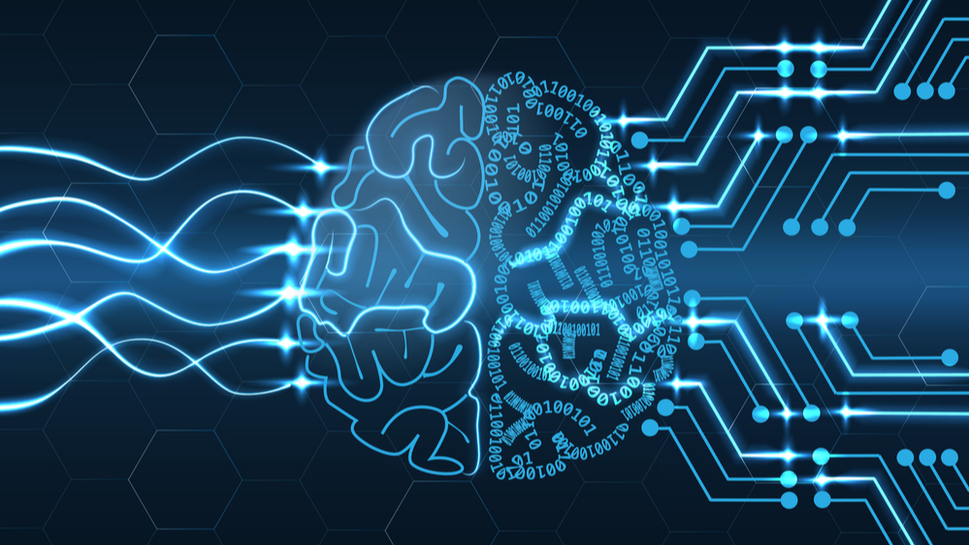Nvidia has unveiled its Enterprise version 2.1, an update to the company’s end-to-end artificial intelligence and machine learning workloads software.
The updates affect the Nvidia TAO Toolkit and Nvidia Rapids, with further support being added for Red Hat OpenShift running in the public cloud.
The company says this should “[make] enterprise AI even more accessible across hybrid or multi-cloud environments,” with Microsoft Azure NVads A10 v5 series virtual machines also gaining certification.
Nvidia AI Enterprise 2.1 updates
REST APIs integration, pre-trained weights import, TensorBoard integration, and new pre-trained models are some of the highlights coming to the latest iteration of Nvidia TAO Toolkit, version 22.05, which itself is a low code solution of Nvidia TAO. The tool is designed to make building computer vision and speech recognition models easier.
New models, techniques, and data processing capabilities added to Nvidia RAPIDS 22.04 will provide “more support for data workflows,” which will be available across all of the data science libraries.
Furthermore, enterprise Kubernetes platform Red Hat OpenShift gained certification to work with the updated version of AI Enterprise, along with deployments over bare metal and VMware vSphere, which is intended to standardize AI workflow.
Companies running A10 Tensor Core GPU-powered Azure NVads A10 v5 series virtual machines will now be able to use AI Enterprise 2.1 “to deliver optimized performance for deep learning inference.”
For companies who prefer to run something tried and tested, Nvidia says that “support will continue for those relying on earlier versions of Nvidia AI frameworks.”
Users can use Nvidia LaunchPad to get short-term access to the update in a private, accelerated environment with hands-on labs hosted on Nvidia’s own infrastructure, which are set to run over an eight-hour period with two weeks’ availability.
An on-premise evaluation is also available on Nvidia’s website, with a free evaluation license to try EI Enterprise 2.1 on compatible devices.





